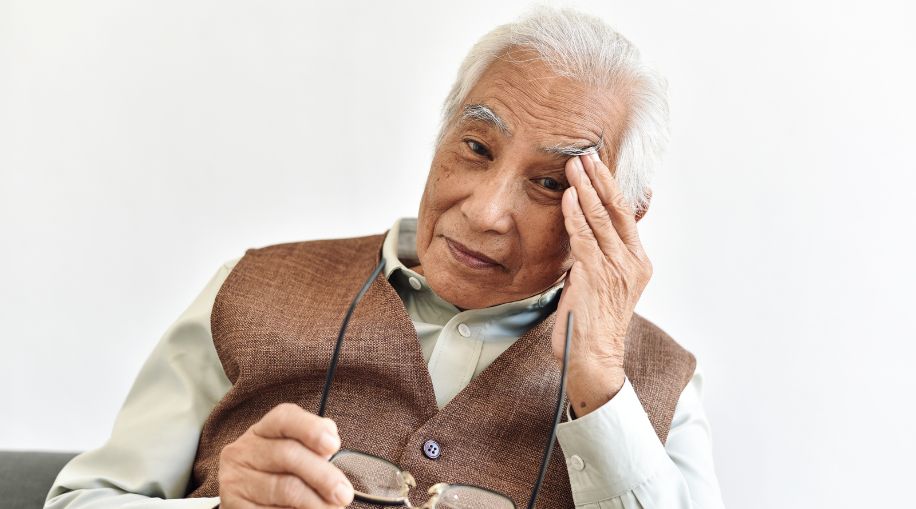Best Treatments for Dry Eye Disease
Dry eye disease can lead to discomfort, redness and blurry vision. Thankfully, there is Restasis, a medication used to treat dry eye disease.
1. Restasis
Restasis helps increase tear production by reducing inflammation in the tear glands. Over time, this medication can improve your eyes’ natural ability to stay lubricated. Restasis is typically used twice a day, and while it may take a few months to show full results, it can make a big difference for those with chronic dry eye.
2. Artificial Tears
Artificial tears are over-the-counter eye drops that provide quick relief for dry eyes. They mimic natural tears to keep your eyes moist and reduce irritation. These drops come in many varieties, including preservative-free options for sensitive eyes. While artificial tears don’t treat the underlying cause of dry eye disease, they’re a simple and affordable way to manage symptoms.
3. Warm Compresses
Applying a warm compress to your eyes can help improve tear quality and reduce blockages in your tear glands. This treatment works well for people with meibomian gland dysfunction, a common cause of dry eye. You can use a clean washcloth soaked in warm water or purchase a heated eye mask for convenience. Use the compress for about 5-10 minutes daily for the best results.
4. Prescription Eye Drops
In addition to Restasis, other prescription eye drops, such as Xiidra or Cequa, can treat dry eye disease. These medications work in different ways to reduce inflammation and improve tear production. Your eye doctor can help you choose the best prescription drop based on your symptoms and medical history.
5. Omega-3 Supplements
Omega-3 fatty acids, found in fish oil or flaxseed oil, can help improve the health of your tear glands. These supplements may reduce inflammation and promote better tear quality. You can take omega-3 supplements daily or increase your intake of foods like salmon, walnuts and chia seeds.
6. Punctal Plugs
If your eyes don’t retain tears well, your doctor may recommend punctal plugs. These tiny, biocompatible devices are inserted into the tear ducts to block drainage. This keeps more tears on the surface of your eyes, reducing dryness and irritation. Punctal plugs are a quick, painless procedure and can provide long-term relief for dry eye disease.
7. Environmental Changes
Sometimes, small adjustments to your environment can help manage dry eye symptoms. Try these tips:
- Use a humidifier: This adds moisture to the air and prevents your eyes from drying out.
- Avoid dry, windy conditions: Protect your eyes with sunglasses when outdoors.
- Take breaks from screens: Staring at a computer or phone for long periods can make your eyes dry. Follow the 20-20-20 rule: Look away every 20 minutes at something 20 feet away for 20 seconds.
8. Lifestyle Changes
Staying hydrated and eating a balanced diet can also improve dry eye symptoms. Drink plenty of water, avoid smoking and limit caffeine, as it can dehydrate your body. Regular exercise and good sleep habits can also support eye health.
When to See a Doctor
If your dry eye symptoms don’t improve with home treatments, it’s important to see an eye doctor. They can assess your condition and recommend advanced treatments, like light therapy or scleral lenses, to provide additional relief.
Dry Eye Relief
Dry eye disease can be frustrating, but with the right treatment, you can manage symptoms and protect your vision. Restasis, artificial tears, warm compresses and lifestyle changes are just some of the options to consider. Talk to your doctor about the best plan for your eyes, and take steps to keep them comfortable and healthy.

